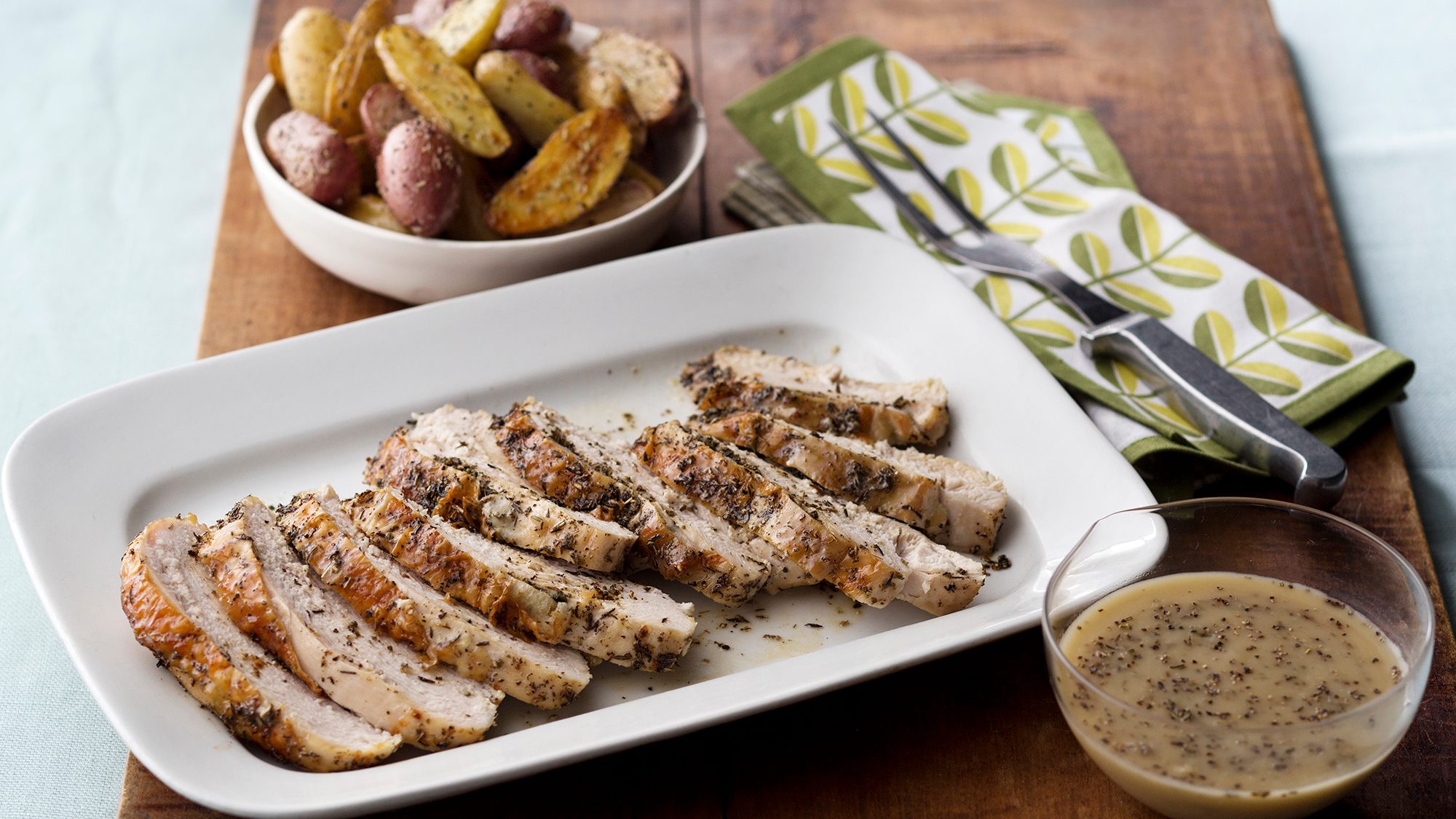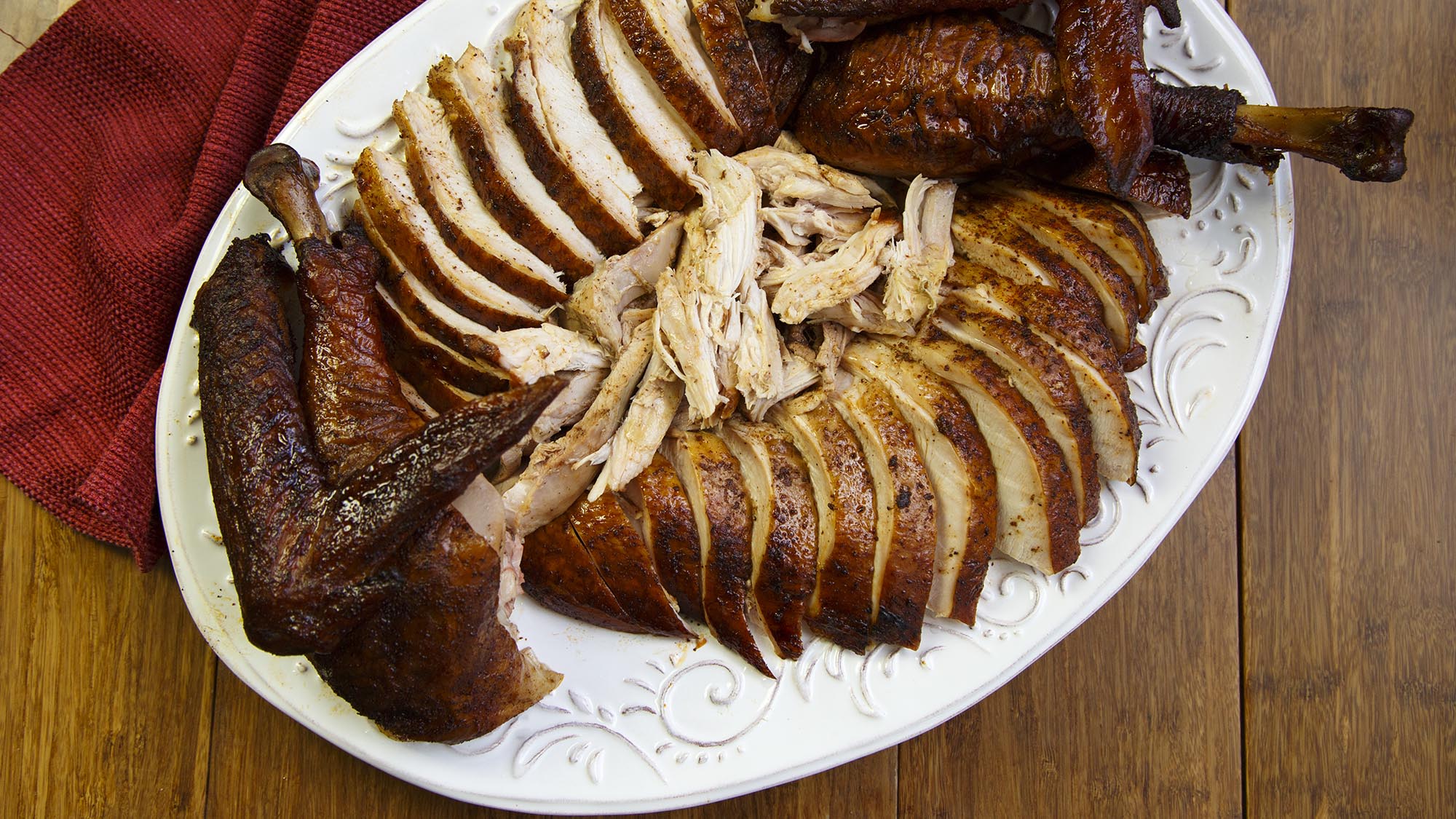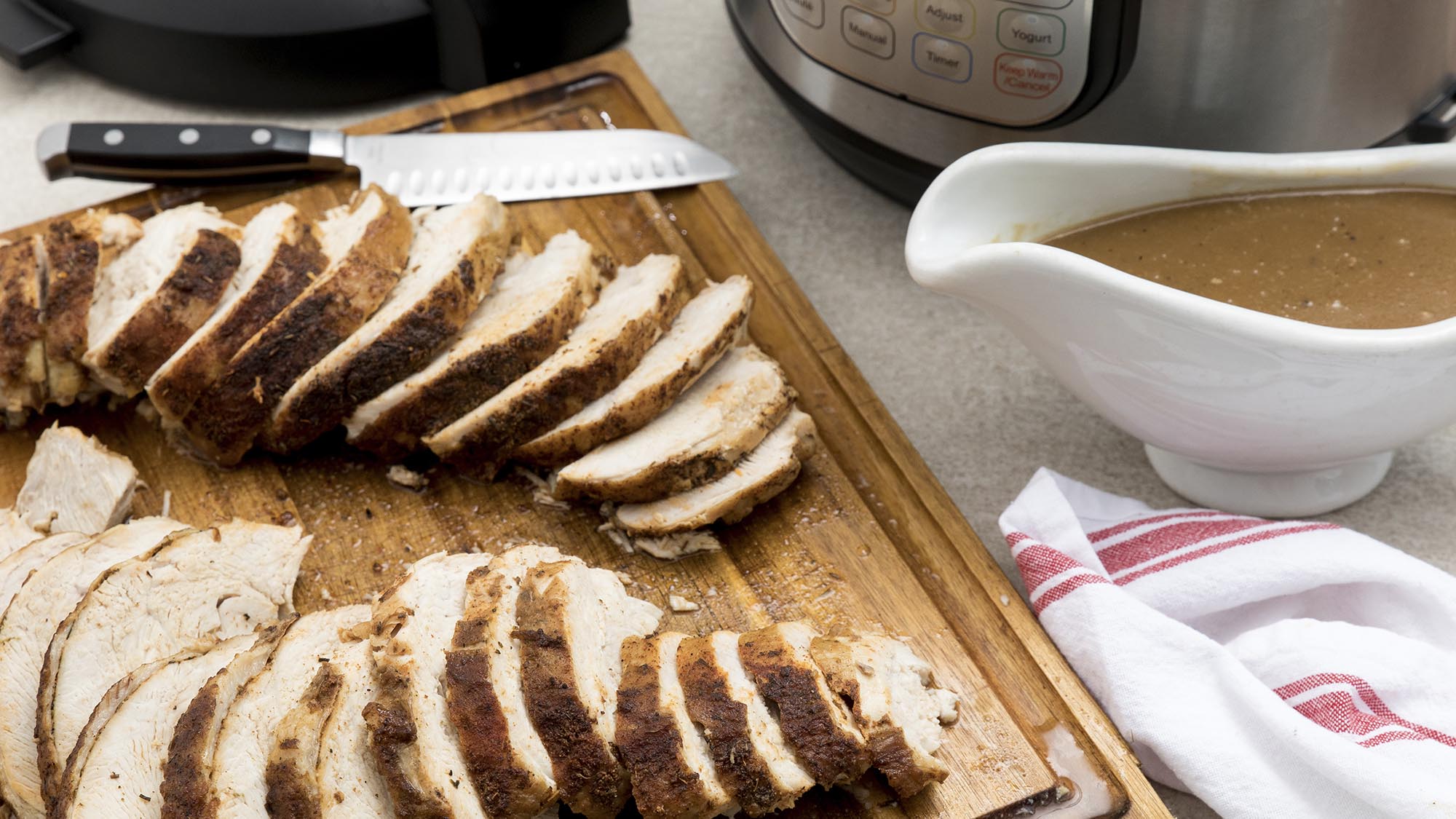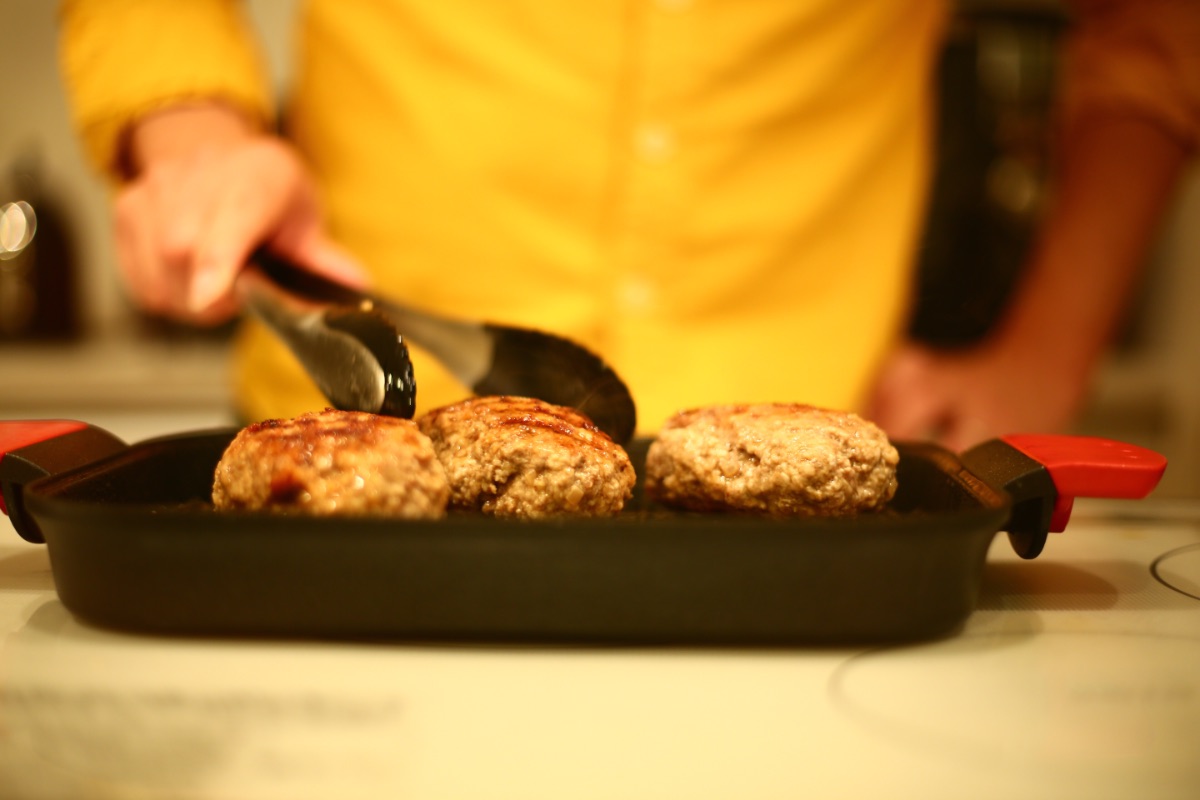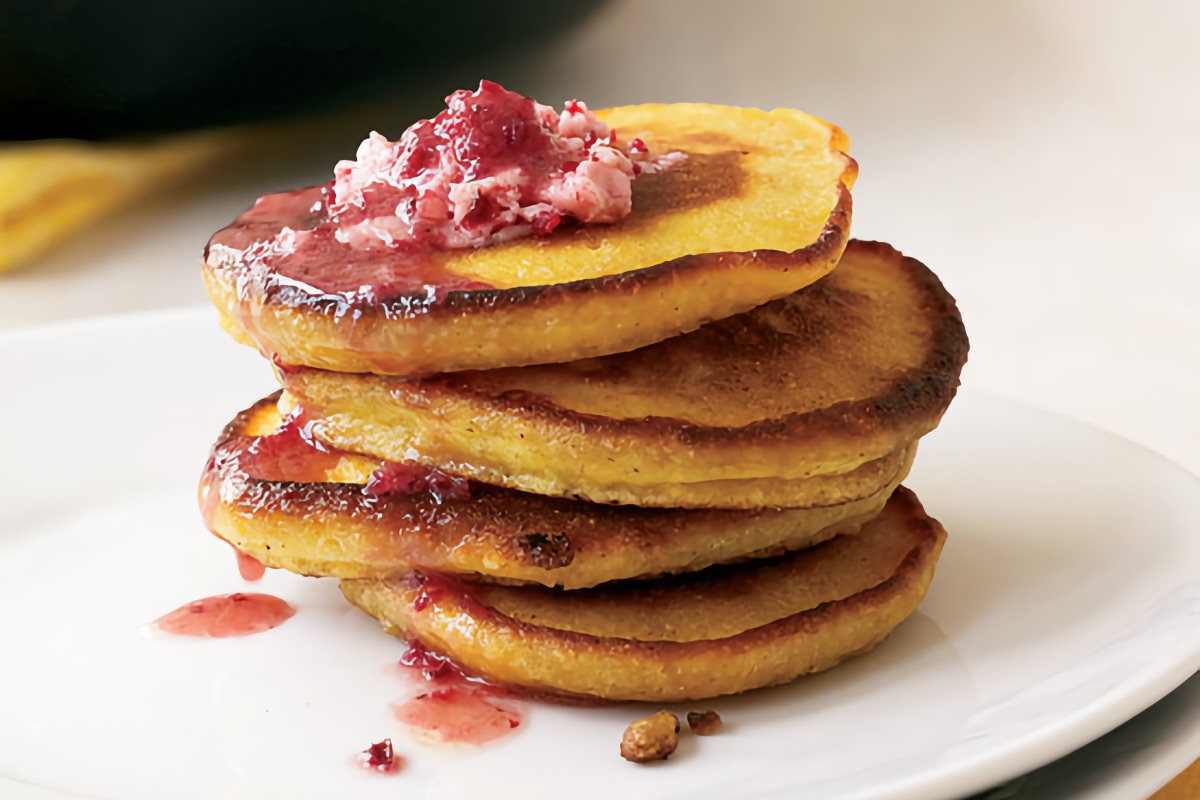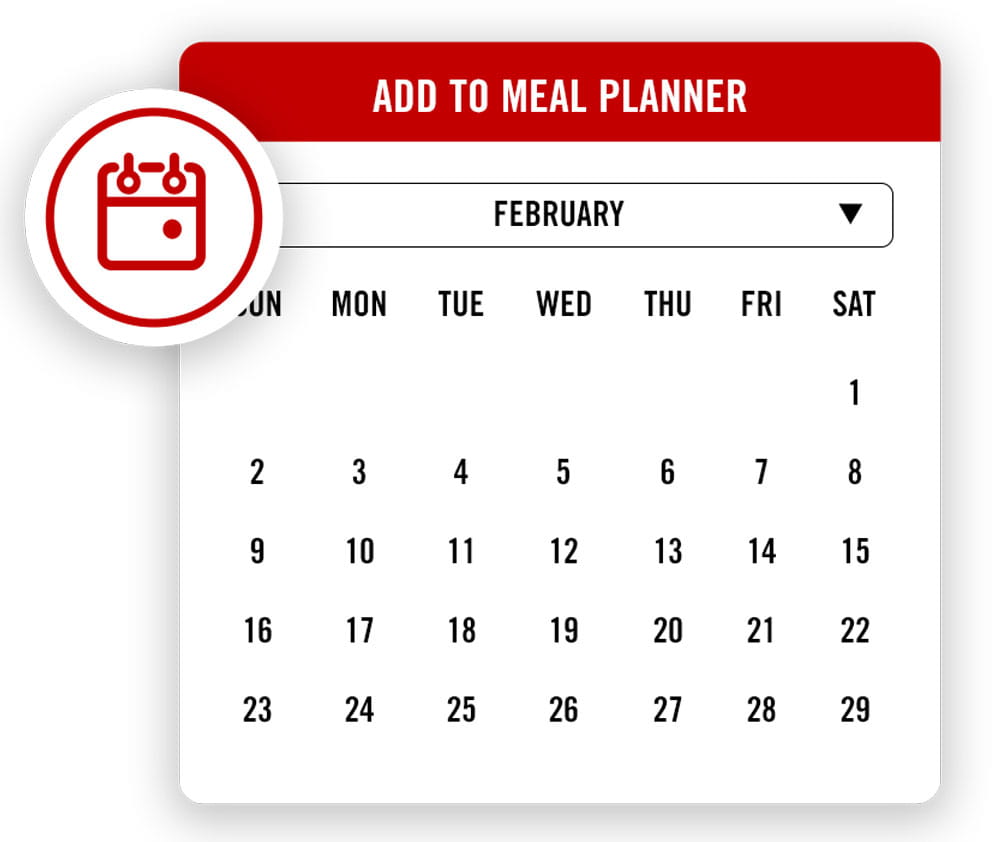As Thanksgiving approaches, you may have begun bookmarking mashed potato recipes, experimenting with cranberry sauces, and researching the best places to buy turkey. And yet, all too often in this period of pre-Thanksigiving prep, home cooks forget to pay attention to the quality of their knives, which is essential for serving moist, good-looking turkey.
Photo: McCormick
We tapped the knife experts at Coutelier, the New Orleans- and Nashville-based shops that sell hand-forged knives and cutlery from the world’s top blacksmiths. Coutelier's Brandt Cox, a professional chef who pivoted to the knife space along with co-owner Jacqueline Blanchard, breaks down the five things to know before you start slicing up your turkey.
1. First and foremost: Let. That. Turkey. Rest.
"Before cutting into the turkey, you must allow the meat to rest—at least 20 to 40 minutes depending on the size of the bird. This resting allows for the internal juices of the turkey to redistribute. If not rested, the juices will run out of the meat and the meat will appear to be dry ... even if the turkey was cooked properly. This resting period is a great time for everyone to get their photos of the turkey and/or the set table."
2. Consider the Honesuki, a Japanese-shaped blade designed specifically for boning poultry.
"The angular design is great for breaking a bird down into sections (breast, leg, thigh, wing). The real secret behind the Honesuki is the distal taper. This is a fancy term meaning that the blade is thicker (4mm to 6mm) near the handle ... then slowly thins out to the tip. The tip is much thinner (around 1.5 to 2mm), which allows for the user to clean off skin, fat, or small bones, as well as make a better, thinner slice through the meat of the bird.
The thicker and more durable heel allows for easy removal of the leg from the thigh, as well as other places where bone contact is more prevalent as well as gives the overall blade a lot of stability during use. For deboning any type of poultry (chicken, turkey, goose, duck, pheasant), there is no better blade, in my opinion."
Photo: McCormick
3. Opt for as thin a blade as possible.
"The general rule of thumb with blade thickness: thinner blades perform better and cut better, but can be more fragile. Thicker (German) blades are more durable, but they don’t perform as well. Thinner blades allow for your knife to slice through meat and vegetables with greater ease. Thicker German blades will sometimes split a large potato or carrot without cutting the entire way through.
A super thin and super sharp blade also does less damage to cooked meat. Translation: More nutrients stay in the food which go directly into your body. Thinner blades will also help keep cooked meat together instead of “shredding” while being sliced.
A 3mm-thick blade is honestly, in my opinion, the thickest blade you should have ... that’s not a boning knife. Most of the blades in our shop are closer to 2 to 2.5mm thick and we even have some that are 1.5mm thick!"
4. For cutting the breast, choose a long slicer. (And no sawing motions.)
"A long slicer is ideal for cutting or slicing through the breast. The reason for this is that when slicing, you want to make the slice with one cut. You want to cut all the way through the breast with one cut, with a slicing motion. The Japanese Sujihiki or slicer is an ideal knife for this. The long, thin blade with a thin profile moves effortlessly through the breast meat.
Depending on the size of the turkey ... a 9 to 10 inch slicer works very well. For small turkeys or chicken or duck, an 8 to 9 inch slicer would be great also. This task can also be done with a long chefs knife or Gyuto ... just be careful to use a slicing motion and not a rocking motion!"
Photo: McCormick
5. Do not cut with a sawing motion!
"You do not want to make a sawing motion through the meat. The sawing motion will damage the delicate cooked meat and will also force more juices to run out, making the meat dry."
If you've invested in some new knives (or plan on it), here's everything you need to know about taking care of them.
This article was written by Maria Yagoda from Food & Wine and was legally licensed through the NewsCred publisher network. Please direct all licensing questions to legal@newscred.com.



